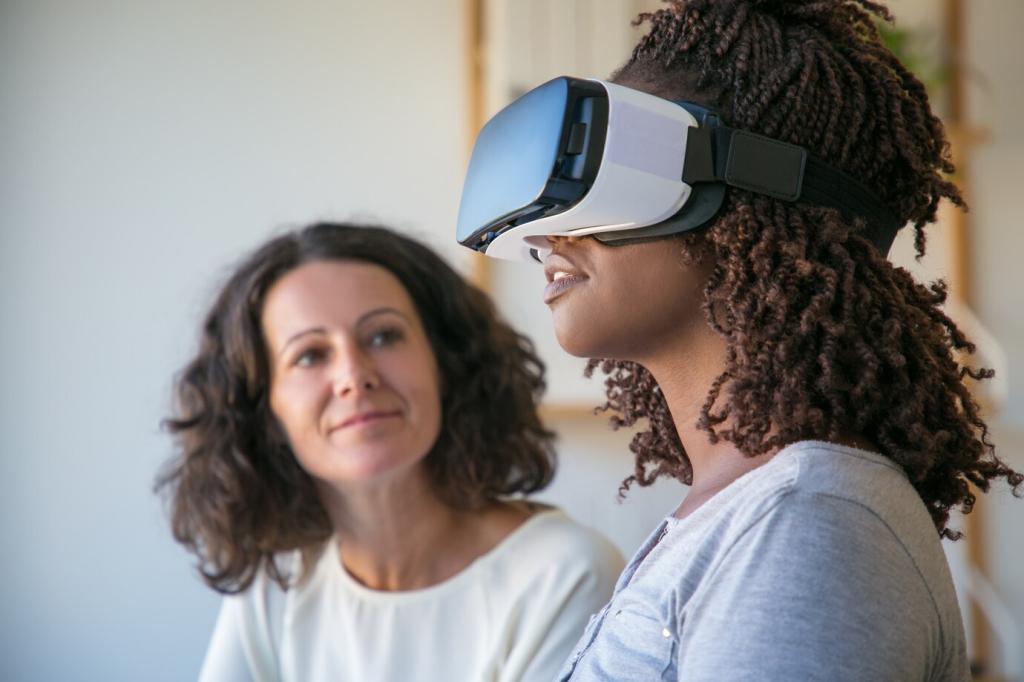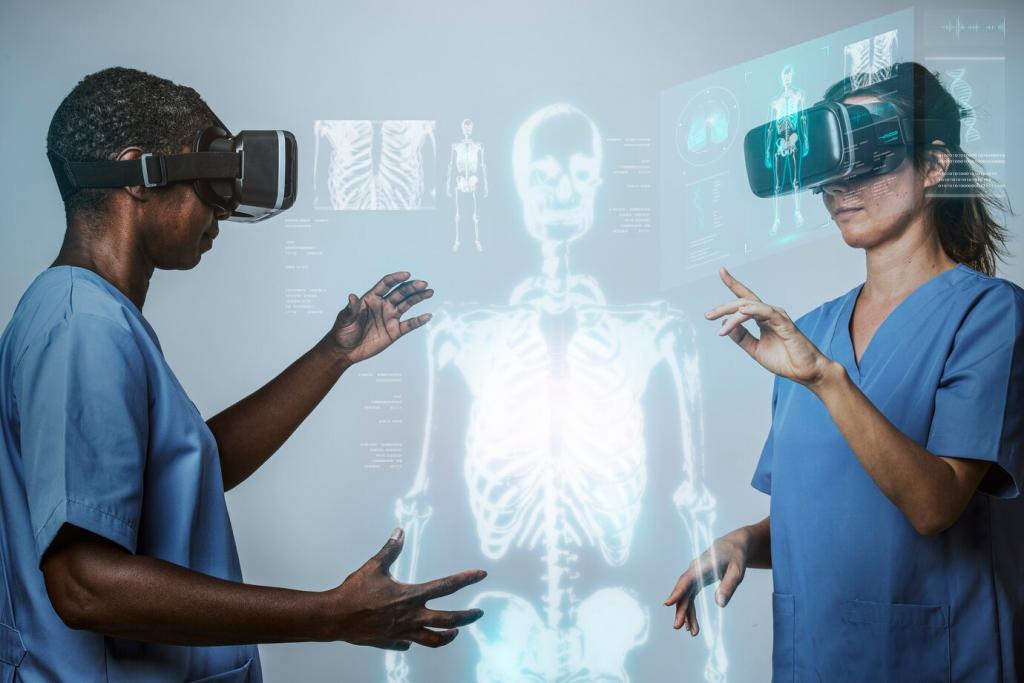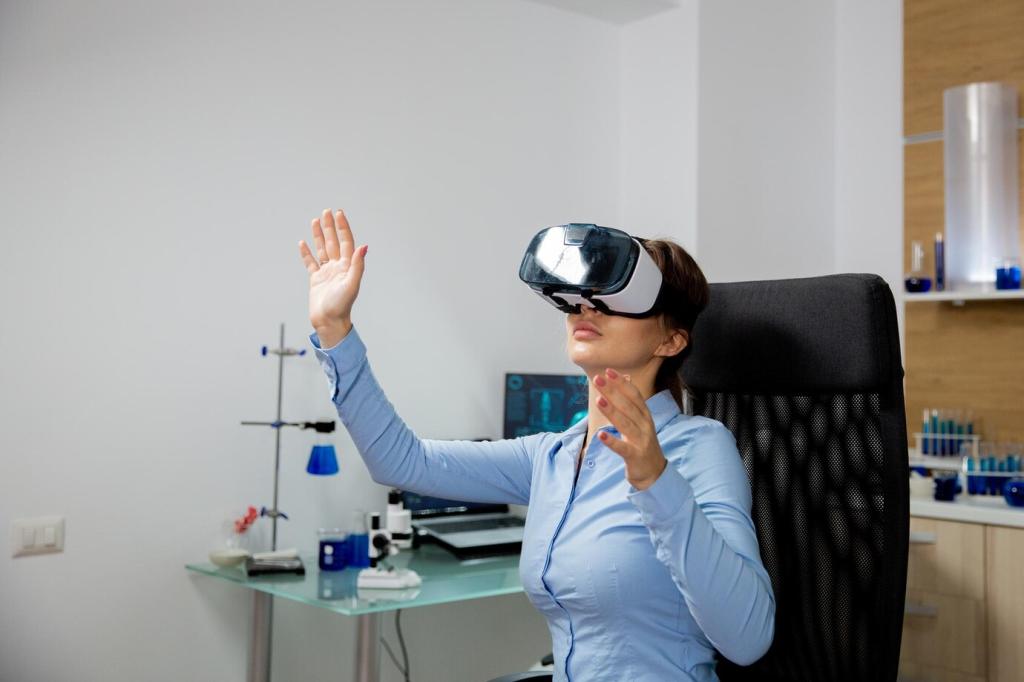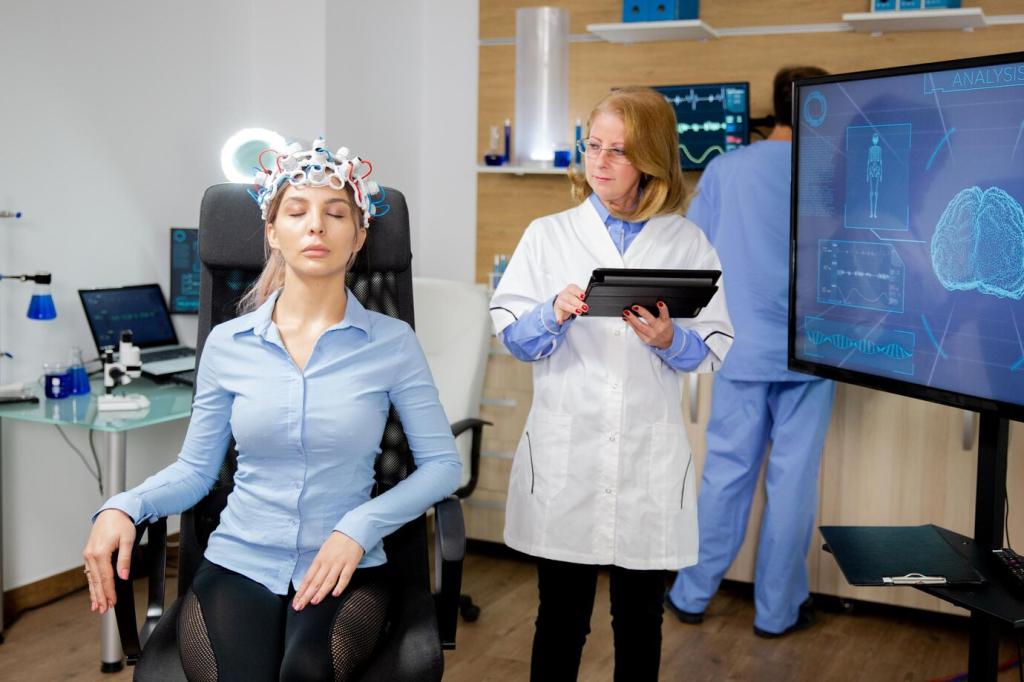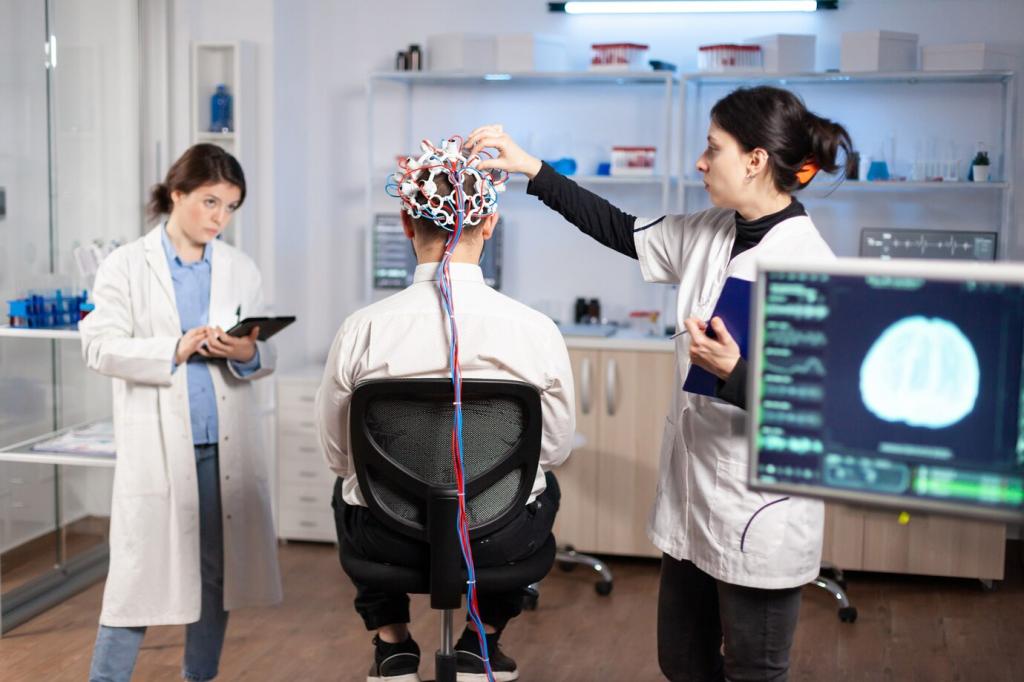Why VR Works in the Therapy Room
Virtual Reality can heighten a sense of presence, the feeling of really being there, which helps clients stay engaged with therapeutic tasks. Reduced distractions make it easier to access emotions, practice coping skills, and remember what actually worked afterward.
Why VR Works in the Therapy Room
In exposure therapy, clinicians can titrate difficulty by adjusting distances, crowds, heights, or triggers with fine control. Clients confront fears step by step, gathering corrective experiences while feeling supported. Share a fear you would gently face in VR, and why.


